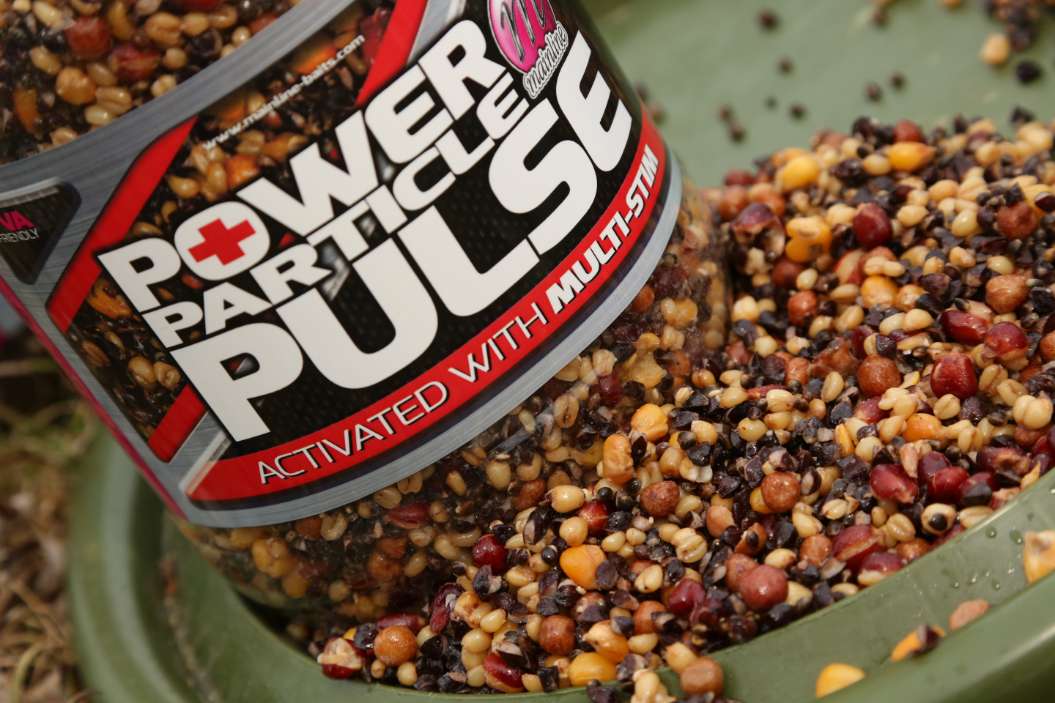Carp Bait Selection
What are we talking about when it comes to bait selection?
Well, this could be anything from what type of bait and how much we take with us on a session to what we choose to use on one particular spot and anything in between. It’s all too easy to go on autopilot when bait selection is an area that ought to be given a bit of thought. Without due consideration given to carp bait selection, a mistake is likely and those can rarely be undone.

Considerations for carp bait selection
Things that we must consider when selecting both what baits to take and what to introduce are myriad. There are all sorts of influences that will govern our decision. Some might encourage us to take and feed more, whilst others make us exercise caution. One particular type of carp bait might be the obvious choice but maybe the influences could induce us to take a selection of options or use a combination of different feed items.
The sorts of things that need to enter our thinking from the beginning are:
- type of venue
- the stock
- nuisance species
- our knowledge of the water
- going methods, previous experience
- lake rules, time of year
- weather conditions
- swim choice
- spot choice
- your own particular style
- length of session
- whether your session is part of a campaign or a one-off trip.
No one is suggesting that you work through this list ticking off the considerations as you go. It’s just a guide to the aspects that influence the choice of bait and some of them will be considered on a less conscious level than others. By no means is this an exhaustive list either as there may be some less angling-related and more personal issues that come into play.
Bait limitations to consider?
Things like affordability affect everyone differently. Most of us have to take cost into account. For example, should you use say 2kg of high-quality boilie, spend the same on 10kg of frozen sweetcorn or use some boilie and bulk it out with cheaper pellets? Maybe you don’t have space for a bait freezer and your choice is restricted to long-life options such as shelf life boilies, pellet, jarred particles, tins etc.
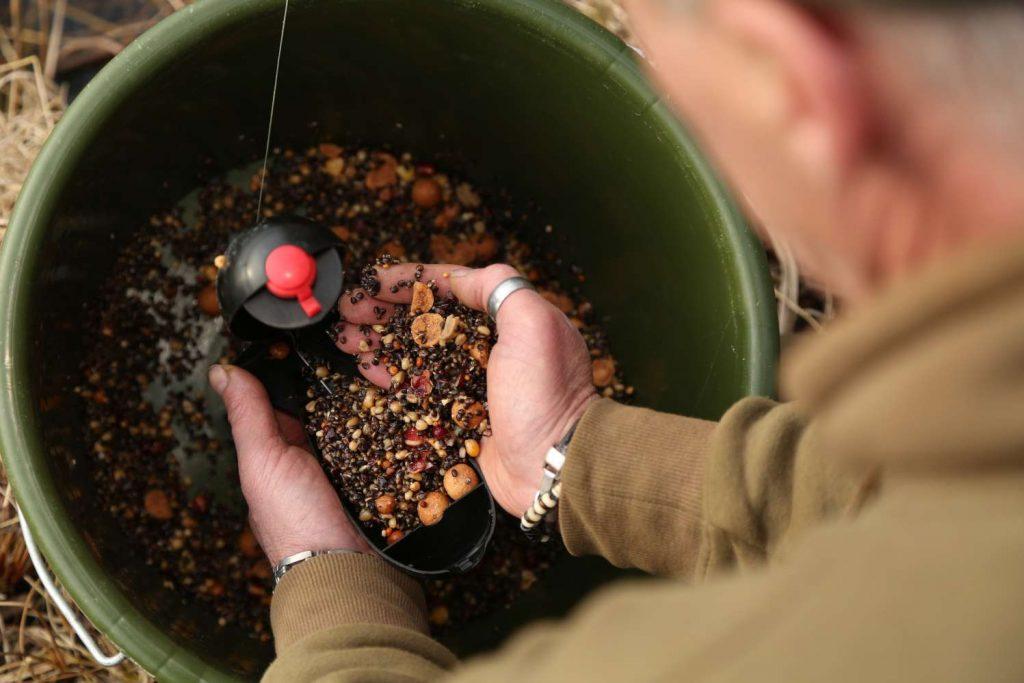
How does the type of venue impact bait and the approach?
The type of venue makes a huge difference to what we need to take. Let’s say we’re visiting an intimate little syndicate lake. Your bait needs are likely to be very different to going to a large day ticket complex. Day ticket venues can get very busy and, when going to a complex you might not even know which lake you’ll be on. You might want to be on their runs water Spombing out a big bed to hold fish for a period but, with few swims available, end up on their specimen lake, which calls for a very different approach altogether. In this case you’ll need to have bait options with you even if they are left in the car.
As they are fished by a restricted number of individuals, syndicate waters tend to have a narrower band of successful methods meaning bait choice is a relatively simple affair. Day ticket venues see a much more varied approach and consequently, the fish aren’t so accustomed to certain baits and baiting approaches, meaning bites can often be had on a wider variety of tactics and baits.
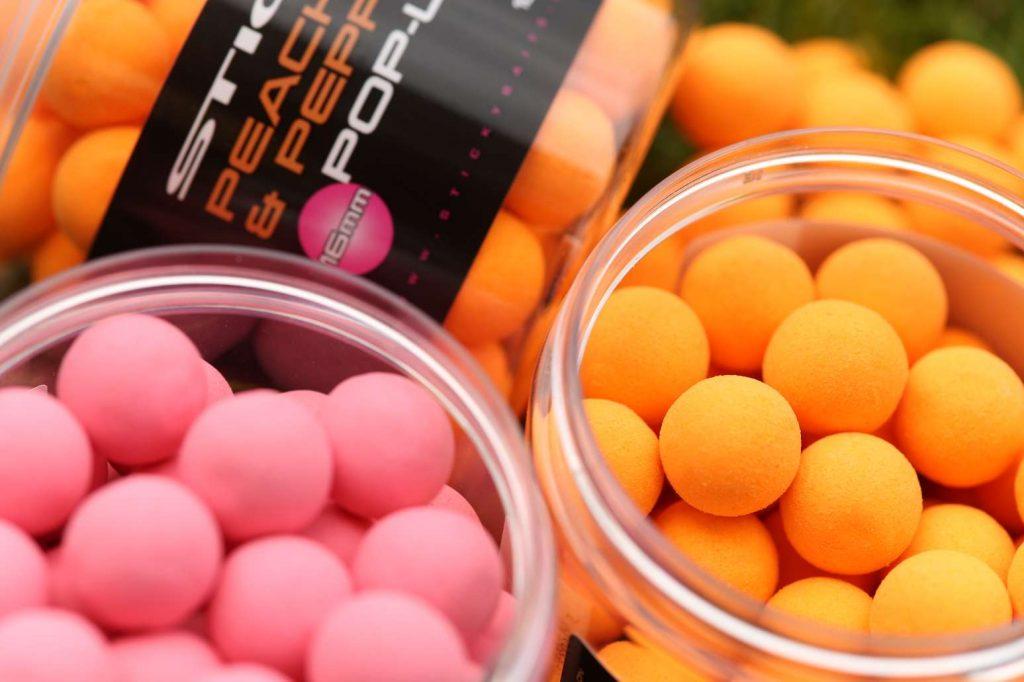
What about the carp stock?
The venue’s stock simply must come into your thinking. Are you fishing for a big hit or hoping to get just one bite from a water holding a mere handful of carp. One could require buckets of particles, pellets and groundbait, whereas the other might necessitate taking just a kilo of boilies. Waters with lower stocking levels will have greater availability of natural food so the carps’ diet will consist largely of bloodworm, snails and other invertebrates. In heavily stocked venues there will be much greater reliance on bait with the residents willing to consume more of it.
Are the carp you are targeting big ones that are individually capable of consuming lots of bait or smaller specimens? Some carp are just different to others with different strains seemingly consuming greater quantities and growing faster. Perhaps the fish are young stock fish with plenty of growing to do and appetites to match or older, examples that are less hungry.
All that is before we start considering nuisance species. They’ll certainly help us decide on what types of bait to take and use. Do you really want to be fishing over a bed of pellet in a water that holds big shoals of bream? Would fishing tiger nuts minimise the interest from tench? You might like the idea fishing of a little edge trap baited with a handful of hemp and partiblend but, realistically, how long will that last if there’s a huge population of rudd to contend with?
Prior knowledge of the venue must surely help then?
Absolutely. Knowing what works and what doesn’t will really help you. That might be based on experience or just research. If you know the venue is particle orientated you’ll ensure you have a good supply of them. You might be on lake a where the fish respond to a spread of boilies but you’re aware that there’s a few overhanging trees and snags providing a good chance of coming across a stalking opportunity and have a tin of corn with you for such an eventuality. You might be aware that, your fish have a particular penchant for tiger nuts and you’d always make sure to include some in your mix. Maybe you’ve got spring dialed in, on your venue, to the extent that you know single hook baits are the only way to go and there is no need to take any free bait with you at all.

Previous experience elsewhere might assist you too. Anyone that has saved a blank by fishing just a solid bag full of pellets will want a few of them to hand or, at the very least, in the car. Even the venue rulebook will govern your selection. Plenty of places don’t permit nut baits, in which case you should consider an alternative such as corn.
How much does the time of year affect the type and amount of bait we use?
Massively so. Different seasons call for different approaches. Spring, for instance, means single, high-attract hookbaits, solid bags and stick mixes, which call for nothing more than a selection of pop-ups, a few pellets and some powders. Summer may call for an all out particle approach, but it would be wise to have a bucket of mixers handy in case they are on the surface.
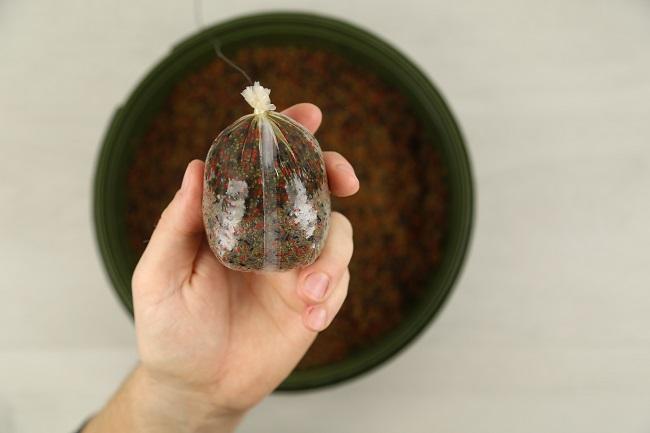
Autumn will mean the carp are starting to gather in larger groups, eating larger quantities of food and it’s as well to have plenty at your disposal. Carp can also display a propensity towards more nutritious food, in the race to reach peak condition before it turns cold, and you might want to increase the amount of boilie you use or switch to a boilie-only approach. Maggots are most unlikely to be in your thoughts while it’s warm but they may well, come wintertime. Do you want to start using 10mm boilies now it’s getting colder and your carp aren’t so keen to feed as ravenously?
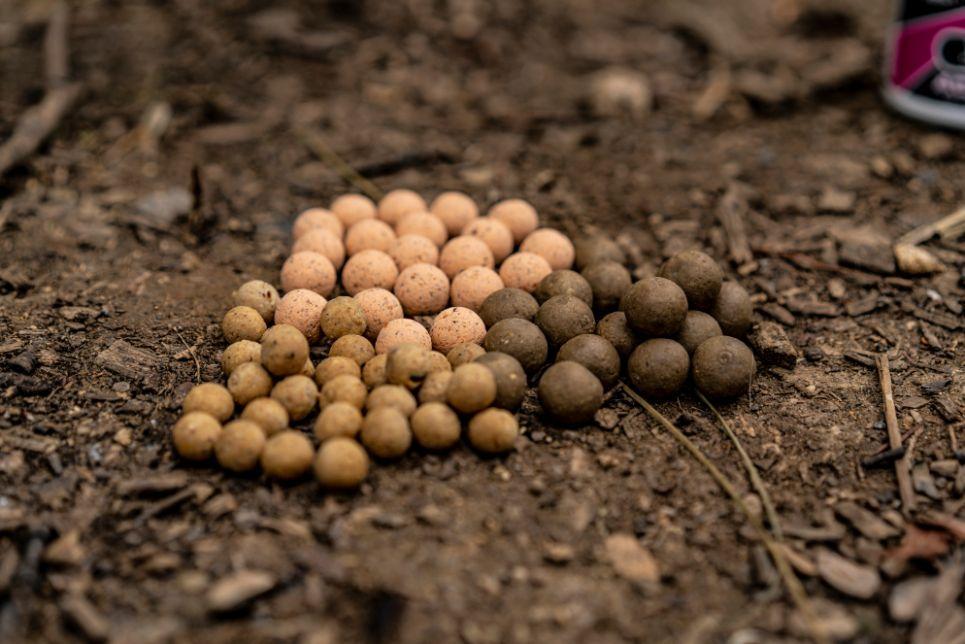
It can be a big error to feed without taking account of the weather. Conditions during the session will influence how much you introduce to a huge extent. Assuming your carp read the same books they’ll respond well to classic low-pressure conditions. This would encourage us to use a good deal more on a spot than in poor feeding conditions. Not only are the carp feeding hard during this spell but they will do so for longer if there’s some cloud cover.
Surely where we decide to fish won’t mean we need different types of carp bait?
On the contrary. We might well require a different bait and certainly quantity dependent on where we decide to angle. Our choice of swim and especially where we cast within it will be a governor for both what and how much is applicable. If we’ve managed to set up on fish, plenty of them, we’d be inclined to use more bait than if we’ve had to settle for a corner swim with few signs of life, hoping to nick a bite.
Imagine there are a handful of carp in a snag. Is it necessary to use lots of bait to keep them there or are they there because of the sanctuary offered by the submerged branches? Say we’ve chosen to fish a bar on a patrol route that we think the fish will be using when a predicted new wind springs up tomorrow. Would it be prudent to put a decent bed out the encourage them to stop and feed?
The type of bait used might differ according to the spot chosen. You really don’t want to be dumping a load of 18mm boilies on a crystal clear, gravel spot in the edge, where fish are likely to particularly wary, and you’d be fishing more appropriately with a few bits and pieces, say some hemp, pellet and chops. Will your round boilies roll off the sloping marginal shelf of the island you are fishing against and would chops or pellet be a better loose feed?
Fish to your strengths?
Of course, you will, and rightly so. Your own personal style will dictate what you take and use. You might be an out-and-out boilie angler, in which case that is what you’ll err towards, although you’ll still have decisions to make over what size and type to employ. Do your strengths lie in spodding an area and fishing three rods on it? If so, you’ll be happiest fishing that method and using a selection of different ingredients in your mix.
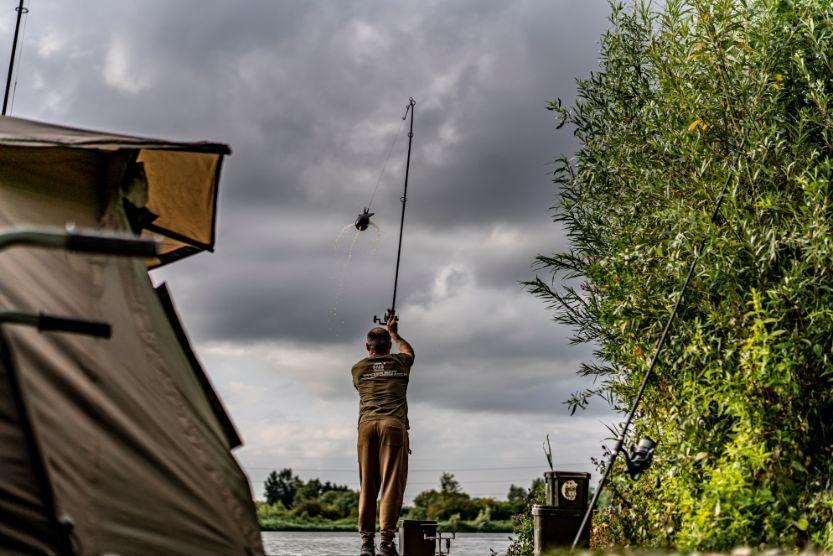
Some anglers are versatile and like to use different baits according to the situation altering their approach to suit the water, its inhabitants and the conditions. Some feel more confident sticking to one particular method and bait and fishing it consistently, knowing that it will do them proud a lot of the time. There are those that follow the crowd, employing baits and tactics that are producing the goods for the successful anglers on that particular venue, while others like to buck the trend and look do something completely different to everybody else.
Those that like to bait and wait can get away with carrying much more bait than the more mobile anglers. The movers will want to keep things simple on the bait front, preferring to pour their efforts more into location and staying on the fish.
Anything else to be aware of?
Just a couple more. Quite clearly the length of your session might determine how you approach it tactically and choice of bait will be part of that. If you’re going for an impromptu overnighter you’ll be keeping it minimal, however, a long session would be better served by having a few options to use throughout. It’s also worth leaving, in your car, a small bucket of pellets, a long-life jar of hemp and tigers, a tin or two of corn and maybe some of shelf-life boilies, just in case.
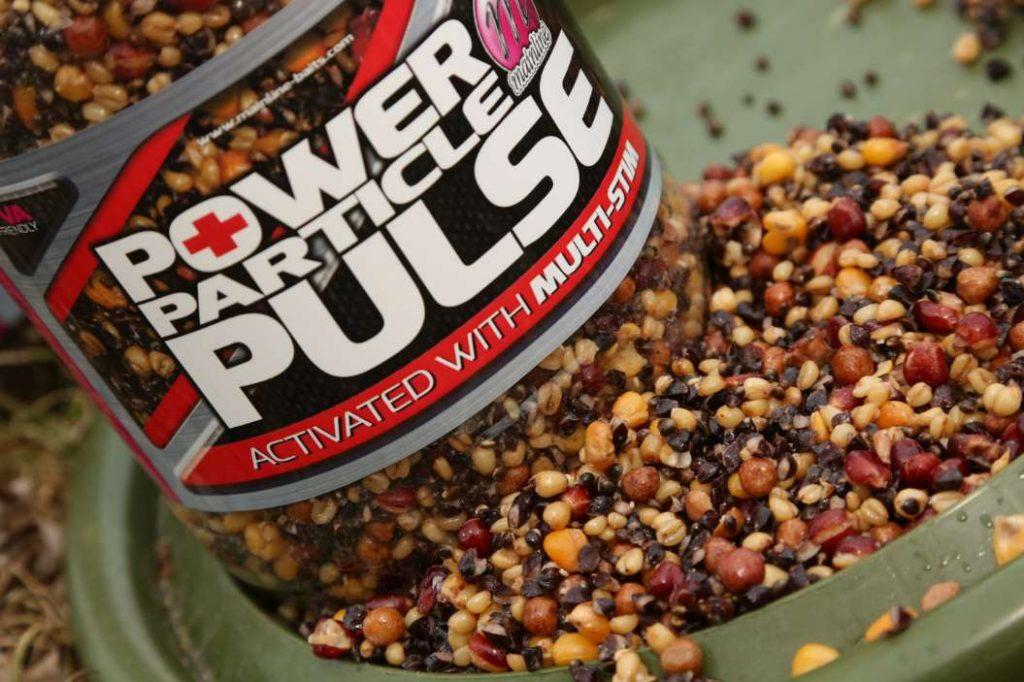
Lastly, there’s the type of trip you’re making. A one-off trip to a new venue might mean taking plenty of options with you, whereas a session that is part of a campaign might mean you want to stick to a plan and take just the boilie that you’ve been applying along with a bit more to give them a free feed during your absence.
That’s food for thought.
Indeed it is. Most of the time these decisions will be made fairly instinctively but it will definitely pay dividends to give some thought to what type and how much bait to take and use.
